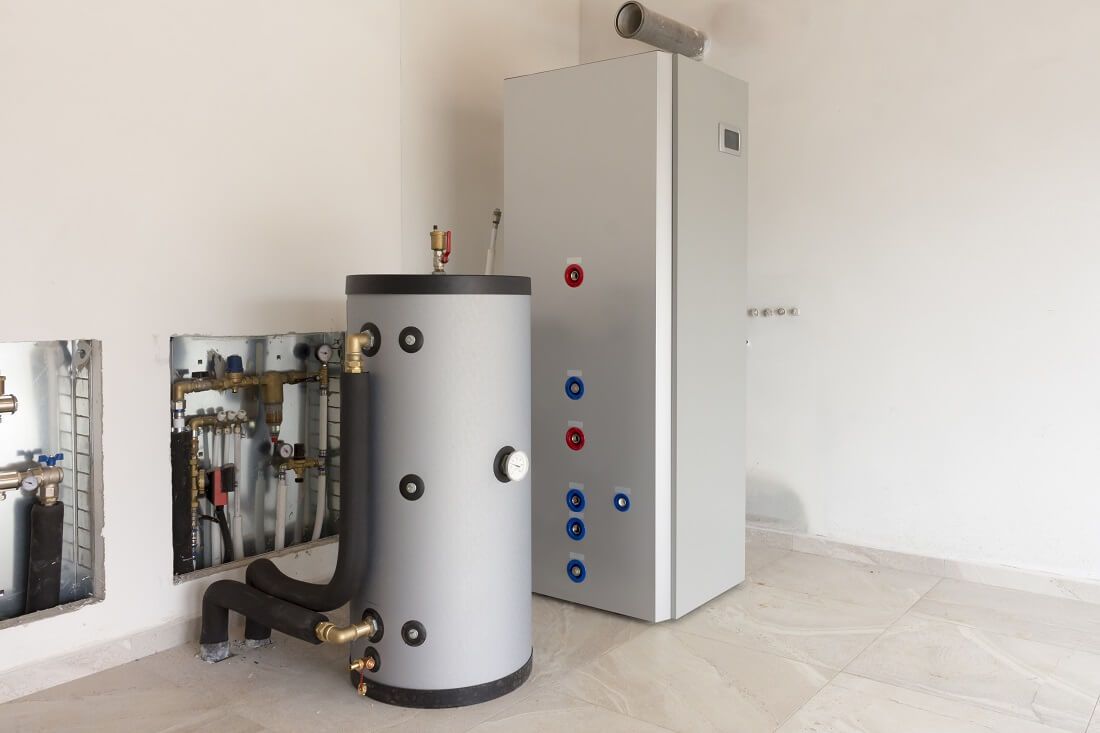Unlike other heating systems, heat pumps do not produce heat; instead, they transfer it from one location to another. That means from the inside out in the summer. It is shifted from the outside to the interior during the winter. Even though they lose some productivity when the temperature drops below zero, they can still extract heat from the air in the winter.
However, by following a few basic guidelines, you can make your heat pump's job easier and help it work a little more efficiently.
1) Maintain the operation of your heat pump
Maintaining your heat pump all year is one way to keep it working. Heat pumps with high efficiency will keep you cool in the summer and warm in the winter. A heat pump is a low-maintenance, energy-efficient heating system.
2) Make sure your thermostat is set correctly
The air Conditioner outside the fan unit is not working, so it’s time to fix your furnace or boiler's thermostat to a lower temperature than your heat pump's. If the heat pump is unable to satisfy your heating needs, the furnace will kick on.
3) Make Your Thermostat Smarter
A smart thermostat can help you increase comfort while still conserving energy. Rather than turning up the heat (which will not heat your home any quicker – but will drive up your energy costs), use a smart thermostat to gradually increase the temperature a few minutes before you need it.
4) Replace the air filter in your furnace
The value of air filter replacement cannot be overstated, according to experts. Replacing or cleaning the air filter regularly will improve the efficiency of your heat pump and the consistency of your indoor air. Depending on the conditions in your house, you'll need to change your filter every one to three months.
5) Keep your outdoor device clean at all times
Leaves and twigs can get entangled in your outdoor device. When removing them, be careful not to bend the radiator fin. If the unit gets gunk in it, have your technician remove any objects that get stuck. Your heat pump doesn't need to be protected from the elements during the winter. Mould and pest infestation may result from covering it. If it ices over, leave the ice alone. In ‘defrost mode,' your heat pump will handle it.
6) Learn what ‘Defrost Mode' is and how to use it
Defrosting is a common function of a heat pump in the winter. This period, however, is brief. Contact your HVAC professional if it seems to be lasting too long.
7) Try to stay away from ‘Emergency Heat'
'Emergency' mode can only be used under extreme circumstances, such as when the device fails. Electricity is used to produce emergency heat, which causes the temperature to rise quickly.
8) Take a look at Dual-Fuel Models
Is your heat pump on its last legs? Dual-fuel heat pumps can provide more efficient operation in sub-zero temperatures when used in conjunction with a gas furnace.
9) Don't skimp on annual upkeep
In the spring and fall, routine heat pump cleaning and repair ensures that your system is in good working order when weather extremes strike, reducing the need for emergency service.
The best heating companies don't just repair it when it breaks; they help you keep it going like a well-oiled machine. Heating Experts will help you improve the efficiency of your heat pump today. Call us today at 1300 100 040.
